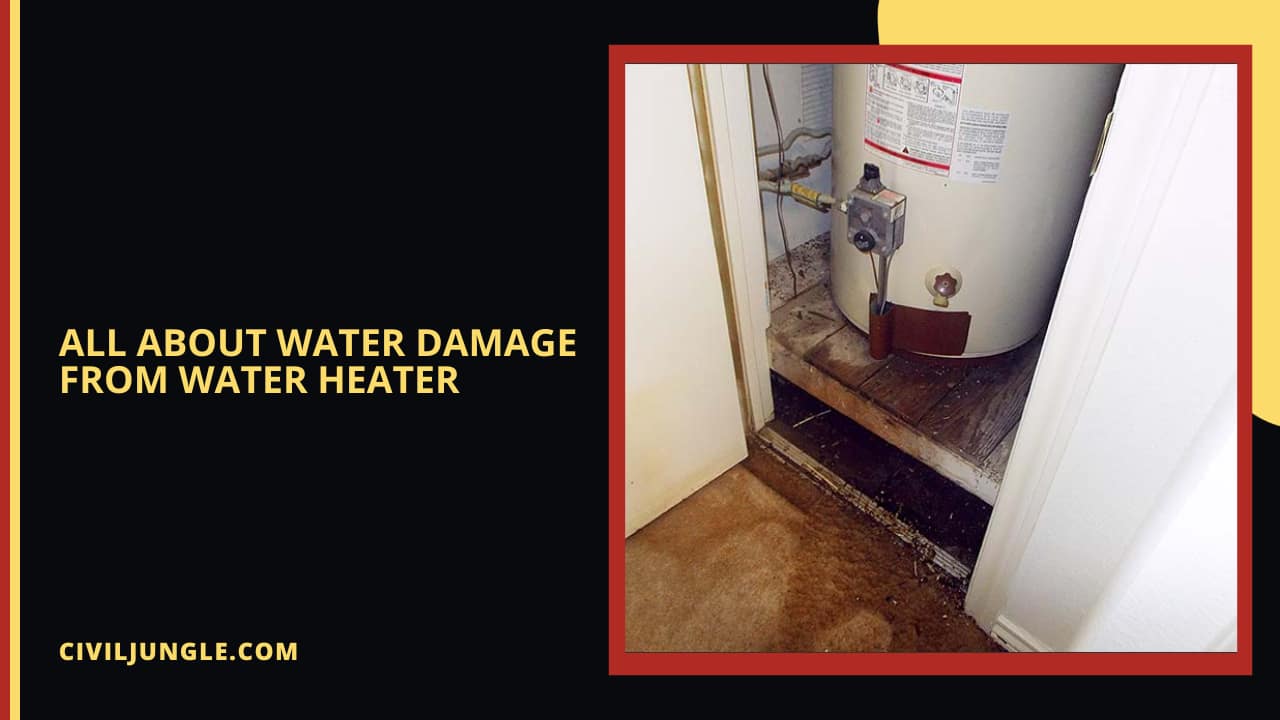
Water Damage from Water Heater

Dealing with a damaged water heater is now a common problem in all residential, commercial, and industrial places, often leading to water damage on baseboards and other areas.
Water heaters are generally used in a residential place, and the lifespan of any water heater is near about 10 to 20 years, and they are very effective in their service life period. Water damage from the water heater can cause severe damage to your home if the heater is not well and properly maintained.
Water damage is happened by pipe damage and other property damages; so, it is very harmful to anyone. A maximum number of water heater failure (near about 69%) is happed by leakage or sudden burst.
Water damage from the water heater can damage your property very much because water is the biggest enemy of Reinforced Cement Concrete and steel reinforcement.
Water Heater Failure Reason

There are many reasons behind water heater flood and failure, which cause water damage. One crucial factor is lack of maintenance, but issues like geyser tank leakage repair needs can also contribute.
There are also some other reasons for water heater failure. Those are in the following below.
1. Corrosion
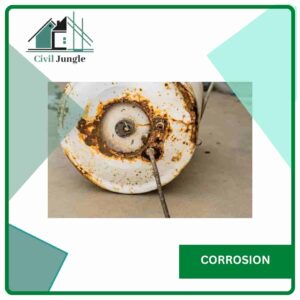
Corrosion is another enemy of water heater water damage. This damage has happened because the anode rod of the water heater is getting corroded.
The interior part of the water heater tank is made of steel, and we all know that steel is highly sensitive to water and it is corrosion-prone metal. So, we need to change the anode rod with some regular intervals to avoid water damages.
2. Sediment/ Scale
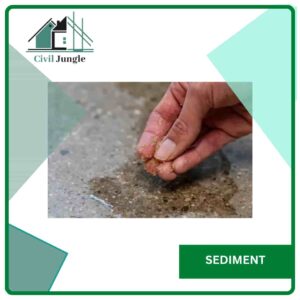
If we are boiling hard water, then there is a major problem of scaling; it is a very severe reason for water damage problems from water heaters.
If we are not cleaning the water heater at a regular interval, then sedimentation will be shown in the bottom part of the water heater tank. It will also create many hazardous problematic situations.
The water heater also faces some problems if you install it in the basement of the building because it is inundated with water. The water heater damage can be detrimental. Generally, water heaters are damaged related to electrical surge-related problems.
How to Repair Water Damage from a Leaking Water Heater?
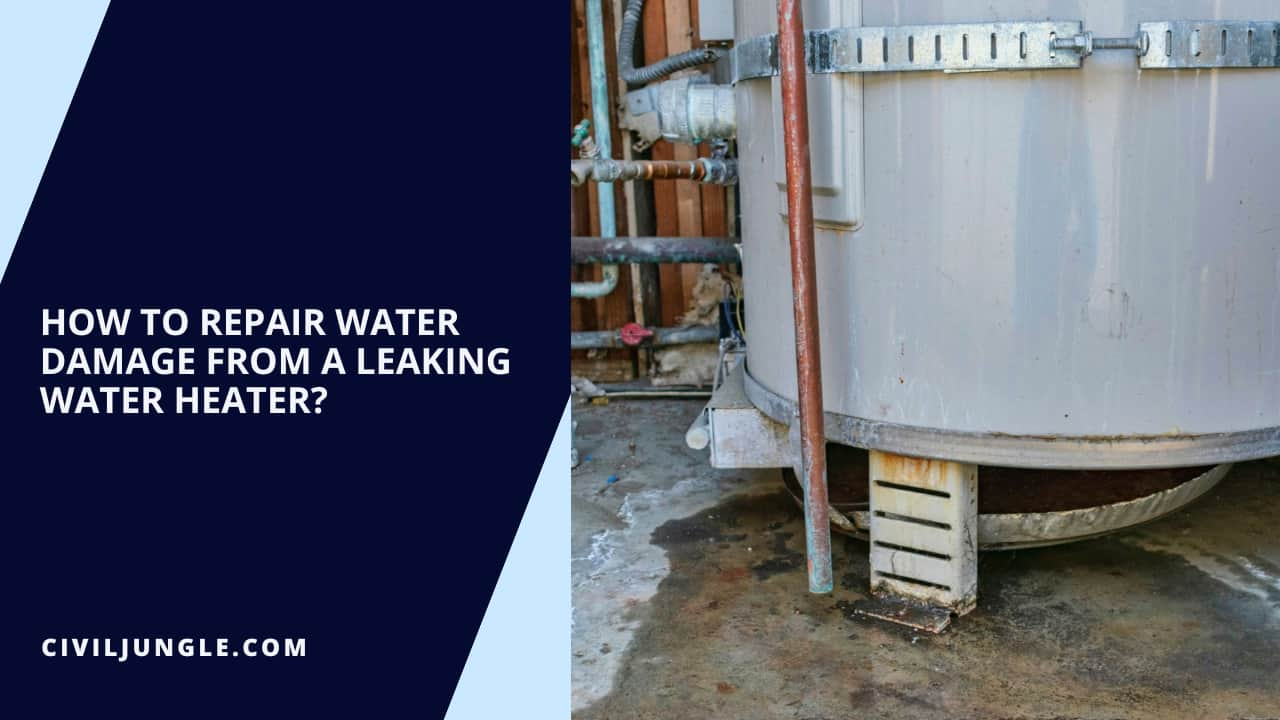
When it comes to how to repair a leaking water heater, there are many steps involved. It’s essential to know ‘is a leaking water heater dangerous‘ and take immediate action. Those are-
1. Mold and Mildew Removing
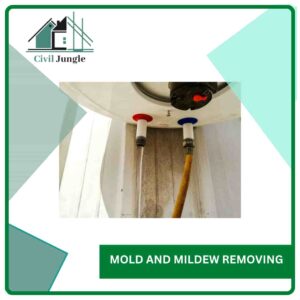
Mold and mildew is common problem in the leaking water heater. Mold can be very dangerous if you are not taking any care of it within some time.
To remove the mold, we need to take 1 cup of bleach to 7 cups of water and gently put the mixture in a spray bottle and apply it gently on the affected areas. We have to repeat these steps in regular intervals to protect the place from mold and mildew.
2. Baseboards and Trim

Baseboards and trims are susceptible to water damage on baseboards, especially when you’re dealing with a water heater flood service. At first, we need to cut that damaged portion of the baseboards with a sharp knife to remove the paint seal.
Then you slowly continue your operation to remove the nails and get a grip to pull out that portion. Finally, you need to replace it with another new one at that place.
3. Wood Floors
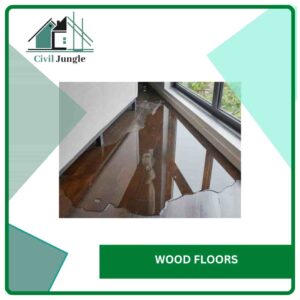
The wooden floor is prone to water damage. Due to water damage on the wooden floor, discoloration happens. To prevent this problem, we need to use a polyurethane coating over it, and sometimes a waxing layer is also applied. The best option for the floor damage treatment is repairing the subfloor and refinishing the entire room.
4. Carpets

Carpets are a very useful thing, and it is widely used in residential houses, but it is very difficult to resist water damage.
If water is flowing over it and you do not take the necessary action, then it will create some serious problem, and that will affect the floor of your building. So, you need to use a vacuum cleaner to clean the water from the carpet.
5. Drywall Repair
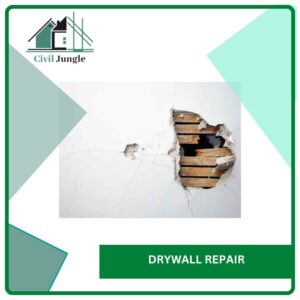
If the water heater leak drywall damage is minimal, then it would be relatively easy to repair; you just need to need to cut out the damaged area and make a hole by using a drill machine.
Then you just need to fix another portion of the drywall at the same place. To fix this, you just need to put knife and drywall components and apply them over the wall and edges.
6. Plaster Repair

Plaster is also affected by water damage. If the plaster is damaged, then you need to put some serious care about that.
Generally, you need to remove the whole plaster of that portion and provide new plaster along with water-resistant liquids. White patches are shown generally in the water-damaged plasters.
7. Pests

This is a minor reason, but it also affects that. So, you need to care about these parts and prevent mice, cockroaches, birds, and other animals or insects not to enter your home or basement.
FAQs on Water Damage from Water Heater Failures
What Causes Water Heaters to Fail?
Water heater failures can be caused by a variety of issues including lack of maintenance, corrosion of the anode rod, sediment build-up from boiling hard water, and electrical surges. Additionally, installation in areas prone to flooding, such as basements, can increase the likelihood of failure.
How Often Should I Maintain My Water Heater to Prevent Water Damage?
Regular maintenance should be conducted at least once a year. This includes checking and possibly replacing the anode rod, flushing the tank to remove sediment, and inspecting for any signs of corrosion or leaks.
Is a Leaking Water Heater Dangerous?
Yes, a leaking water heater can be dangerous as it can lead to significant water damage, mold growth, structural damage to your home, and even electrical hazards if water comes into contact with electrical components.
How Can I Identify Water Damage Caused by My Water Heater?
Common signs of water damage from a water heater include visible leaks, water pooling around the heater, mold and mildew growth, discoloration or damage to baseboards, floors, and walls, and unusual sounds or odors coming from the water heater.
What Should I Do If My Water Heater Starts Leaking?
If your water heater starts leaking, you should immediately turn off the power supply and water supply to the heater. Assess the extent of the leak and damage, and contact a professional plumber to inspect and repair the issue.
How Can I Prevent Mold and Mildew After a Water Heater Leak?
To prevent mold and mildew, promptly dry the affected areas using fans and dehumidifiers. Clean any mold with a mixture of bleach and water, and ensure the area is thoroughly dried to prevent regrowth.
Can Water Damage from a Water Heater Be Repaired?
Yes, water damage from a water heater can be repaired. This may involve removing and replacing damaged baseboards, trims, wood floors, carpets, drywall, and plaster. It is important to address the underlying cause of the leak to prevent future damage.
What Are the Signs of Corrosion in a Water Heater?
Signs of corrosion in a water heater include rust-colored water, a metallic taste in the hot water, and visible rust or corrosion on the outside of the tank. Regular inspection of the anode rod can help detect and prevent corrosion.
How Do I Remove Sediment from My Water Heater?
To remove sediment from your water heater, you need to flush the tank. Turn off the heater, attach a hose to the drain valve, and let the water run out until it is clear of sediment. This should be done regularly to maintain the efficiency and longevity of the heater.
Can Pests Cause Damage to My Water Heater?
While pests are not a common cause of water heater damage, they can contribute to problems by damaging insulation or nesting in and around the heater. Ensuring your home is sealed against pests can help prevent such issues.

